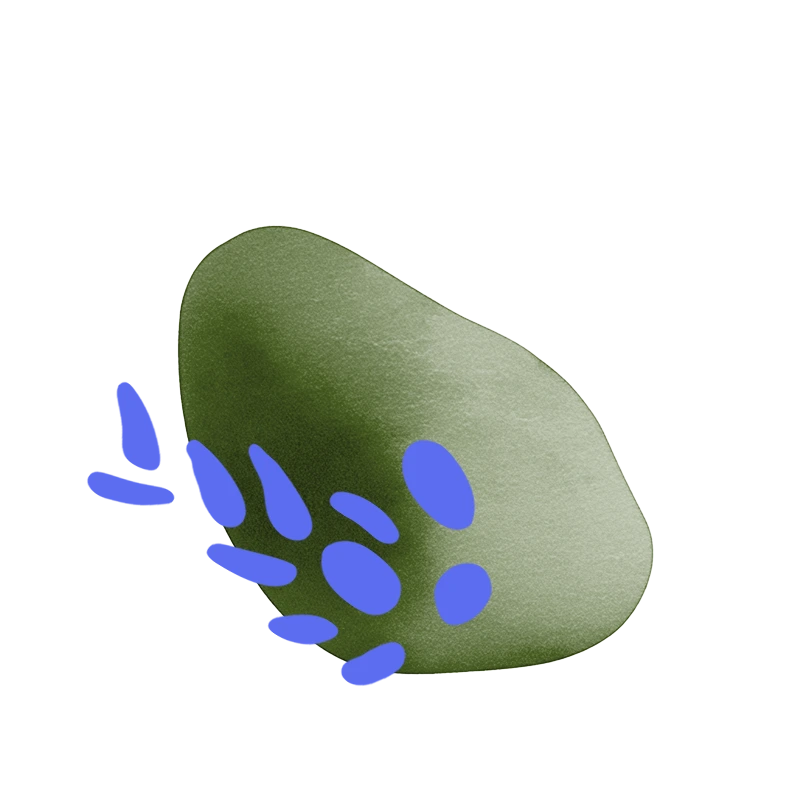Design
Competition
2026
Shape the future, join a global
design challenge

Design Competition
2026
Shape the future, join a global design challenge


Lots to move - more to solve
There’s a buzz about Africa — and it’s not just talk. It’s about big ideas, fresh thinking, and creative energy. And it’s making waves.
So, if you’re a design student or a recent grad with a curious mind, this could be your moment. Your stuff might even change the world! (Just think about it.)
This is it: the 2026 TLDC competition is up for grabs. It’s our seventh edition since 2014, and every time we’ve been amazed by the energy, talent, and global spirit it’s generated. From Cape Town to Copenhagen, Nairobi to New York — this is where design meets – or even makes – a real-world change.
So, why not jump in? Bring your ideas, your creativity, and your perspective on Africa. Together, we can make a change. Must.
So, let’s design with Africa!

THE CHALLENGE
How can we overcome infrastructure and accessibility challenges through innovative delivery solutions?
The Toyota Design Competition 2026 is more than a competition - it`s a platform for your ideas to drive real change. rethink delivery in the face of infrastructure and accessibility barriers, and showcase your creativity on a global stage. Be part of a movement shaping the future of delivery through innovation, sustainability, and inclusivity.
Product Design
Physical solutions that compliment or improve how goods are physically transported in the first and last mile, focusing on efficiency and sustainability.
First Prize 6000€
Digital Platforms
Software or platforms that streamline logistics processes, enhance visibility, or improve connectivity in delivery operations.
First Prize 6000€
Business Innovation
Strategies or business models that address key challenges in African delivery logistics, such as cost reduction or accessibility in underserved areas.
First Prize 6000€
Open Category
Flexible space for unique and creative entries that don't fit into traditional categories but demonstrate significant impact or innovation
First Prize 6000€
In addition to the monetary prizes, the Finalists will have chance to apply for paid internship at Toyota Material Handling Europe Design Center.


ZOOM
OUT
Sustainability:
Environmentally responsible solutions in first and last-mile logistics contribute to global climate goals by reducing inefficiencies.
Leapfrogging:
There is the opportunity for developing economies to learn from successful (and unsuccessful) innovations from across the world.
Global Supply Chain:
Strong local systems support supply international trade.
Better Connectivity:
Easier delivery boosts the economy/trade by creating better access to market.
Accessibility:
Closer access to important supplies such as medicine, food & educational materials for people in underserved communities.
Opportunities:
Better access to markets, customers and other opportunities because of efficient logistics would benefit the community.
Improved Quality of Life:
Saves time and provides convenience for consumers, allowing them to focus on other aspects of life.
Lower Cost of Goods:
Improved delivery systems can lower costs, making essential goods and services more affordable for individuals, especially in low-income areas.
ZOOM
IN

JUDGING CRITERIA
Replicability:
Can the solution be easily adapted and implemented in other countries or contexts?
Efficiency:
How well does the solution save time, resources & operations?
Affordability:
Is the solution cost-effective for users?
Low-Tech:
Does the solution work effectively with low reliance on complex technology?
Accessibility:
Does the solution address barriers to entry and serve diverse people groups, including underserved communities?
Modularity/Extendability:
Can the solution be easily expanded, upgraded, or customised to meet evolving needs?
Environmental Sustainability:
How well does the solution reduce environmental impact and promote sustainability?
Commercial Sustainability:
Is the solution economically viable in the long term?
Social Impact:
Does the solution improve quality of life, create opportunities or address societal issues?
Safety:
Does the solution prioritise and enhance the safety of users and operators?

WHAT'S UP NEXT
MAKE YOUR MARK
Submit your idea and shape the future of delivery.


